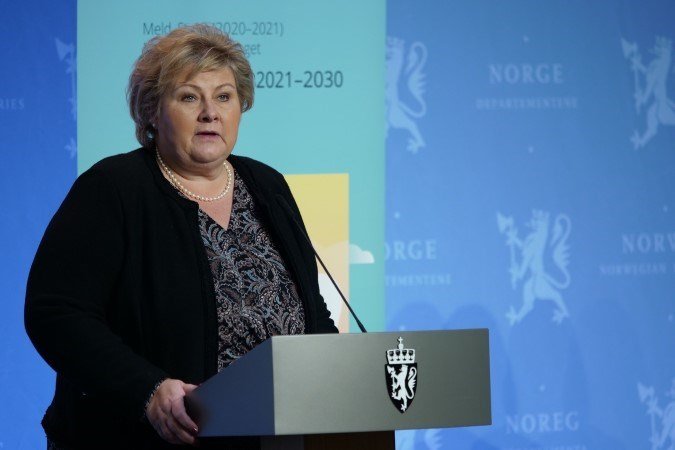The Norwegian Government issued a white paper presenting its action plan for the transformation of Norway as a whole by 2030, explaining how it will achieve its climate target and green growth.
Specifically, Norway has entered into an agreement with the EU to take part in EU climate legislation in the period 2012–2030. This consists of three pieces of legislation:
- The Effort Sharing Regulation for non-ETS emissions: this assigns each country a binding target for reducing emissions from transport, buildings, agriculture, waste, and some emissions from the oil and gas industry and industrial production. Under the current regulation, overall emissions in the non-ETS sector in the EU are to be reduced by 30 % by 2030. Norway’s national target is an emissions cut of 40 %, either in Norway or in other European countries.
- The land-use, land-use change and forestry (LULUCF) regulation: the regulation sets out accounting rules for uptake and removals of CO2 in the LULUCF sector. The legislation sets out an obligation to ensure that overall greenhouse gas emissions from land use and forestry do not exceed removals (this is known as the ‘no-debit’ rule).
- The EU Emissions Trading System (EU ETS) applies to installations in manufacturing, the petroleum industry, power and heat generation and domestic aviation. There is a cap on the total volume of greenhouse gas emissions that may be emitted. Installations can trade emission allowances with each other within the system. The cap, or number of allowances, is being reduced gradually so that total emissions fall over time. Under the current legislation, emissions are to be reduced by 43 % by 2030.
Emissions not included in ETS
Norway is focusing on the emissions that are not included in the Emissions Trading System, or non-ETS emissions. These include emissions from transport, waste, agriculture and buildings, and some emissions from industrial production and the oil and gas industry.
It also deals with the EU Emissions Trading System, which applies to the bulk of emissions from industrial production and the oil and gas industry. In addition, the action plan discusses CO2 removals and emissions in the land-use, land-use change and forestry (LULUCF) sector.
Taxation
Another green goal is the taxation of greenhouse gas emissions, regulatory measures, climate-related requirements in public procurement processes, information on climate-friendly options, financial support for the development of new technology, and initiatives to promote research and innovation.
The Government intends to make greater use of climate-related requirements in public procurement processes. Requirements for zero-emission solutions will be introduced for passenger cars and small vans in 2022, and for local buses from 2025. Criteria relating to low- or zero-emission solutions will also be introduced for ferry services and high-speed passenger vessel services.
In the meantime, the white paper announces a gradual increase in the carbon tax rate from its current level of about NOK 590 to NOK 2000 per tonne CO2 equivalents in 2030.
This will progressively increase the cost of emitting CO2 and give stronger incentives to reduce emissions.
It is highlighted that
The Government’s policy is not to increase the overall level of taxation. Any tax increase will therefore be offset by reducing other taxes correspondingly.

Concluding, Minister of Climate and Environment Sveinung Rotevatn stated that “for the first time, a government is putting forward a compelling, comprehensive plan for cutting emissions in every sector. We must make sure that it pays to cut greenhouse gas emissions.”






























































